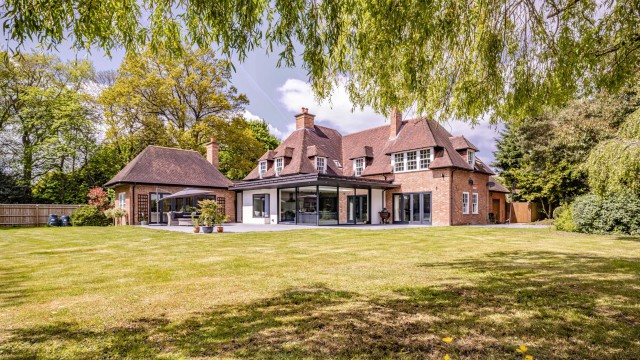In our post on The Planning Process, the types of Planning applications were briefly mentioned.
This post delves deeper into the differences between the applications and the common reasons for selecting one over another for certain project types.
Pre-Planning Advice
The reason for listing this application type first is because this application is submitted at an early stage in the project process if the application is contentious in any way. Councils appreciate early involvement and consultation on projects that may be for a Listed Building, within a Conservation Area or indeed different from the norm and pushing the boundaries of planning policy.
A Pre-Planning Advice application can be submitted with an initial hand sketch to a fully prepared planning set of information including other consultants reports. The more information the Council receives, the more detailed assessment report they can provide to indicate their view on the application in relation to planning policy.
The feedback from the Council can also vary in terms of timescales and detail. As this is not a formal application, there is not a statutory timescale for the Council to respond, so this can be dependent on how busy the Council is at the time. The report provided often includes comments regarding whether the proposal complies with policy and suggestions as to how the proposal could be addressed to mitigate any concerns.
Householder Planning Applications
For extensions and alterations schemes, a householder planning application is the most common route. There are sub-categories within this type of planning application to include for properties within Conservation Areas.
Listed Building Consent
A joint Householder and Listed Building Consent application are required for any extensions or alterations to a Listed Building, and two separate approvals are received for applications of this nature. Any alterations to any item or fabric of the Listed Building (internally or externally) requires Listed Building Consent.
Full Planning Application
New build houses require Full Planning Applications and are more onerous than Householder Planning Applications in terms of their requirements. Additional information is requested such as Energy Statements to prove compliance with the local policy and often landscaping plans are required to show a considered approach to the treatment of the whole site.
Permitted Development Rights / Certificate of Lawful Development
This application is often submitted for outbuildings or to confirm the principle of a development. There are extensive limitations for this type of development set out within the policy documents under a property owner’s permitted development rights. As the materials used have to match the existing property, this can also be restrictive in terms of design and scope. Therefore, when a design-led approach is taken within the design, it is unusual for this type of proposal to be within the remit of permitted development.
The information set out above provides an overview of the application types. During the process of working with Fineline Architects we provide guidance as to the appropriate route for the project to provide the best chance for an approval.
